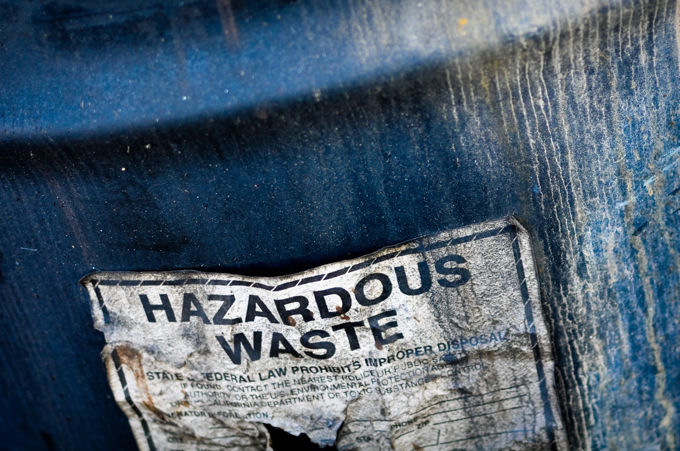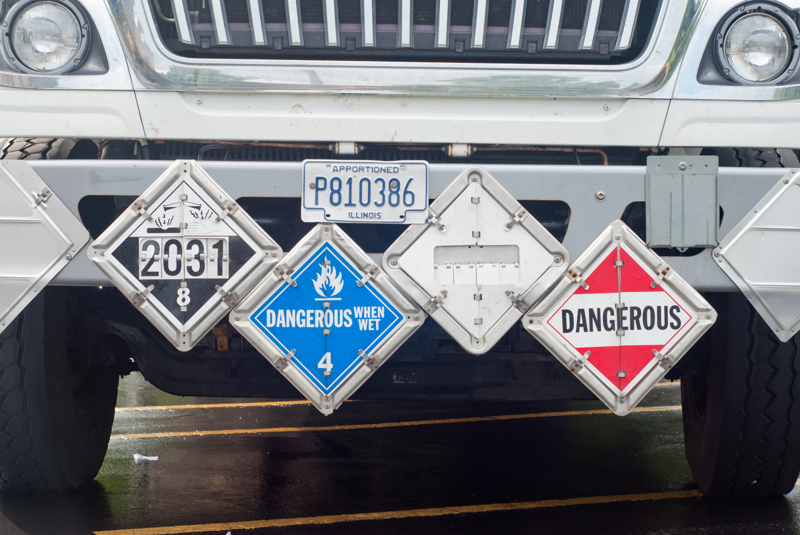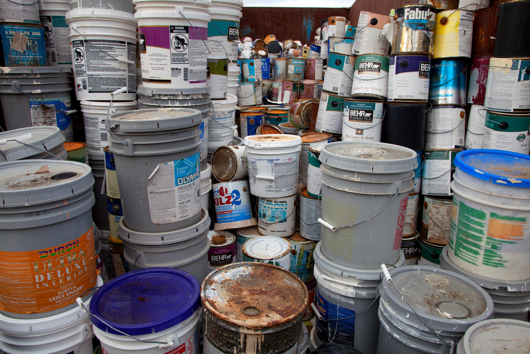
CERCLA: Can I Be Sued If An Offsite Facility Mishandles My Hazardous Materials?
CERCLA Liability and Phase 1 Environmental Site Assessments
My September 2021 Webinar and March 2021 blog article set the table for the topic of CERCLA liability. This past September, I worked with Charles Hall, the Director of Environmental Services at MSA, to co-present a webinar describing the importance of doing a Phase 1 Environmental Site Assessment before purchasing commercial real estate. I also blogged in March on the same topic.
In the webinar and in the blog article I explained the massive liability system put in place by the Comprehensive Environmental Response, Compensation and Liability Act (“CERCLA” or the “Superfund Law”). The key features in the CERCLA liability system are that CERCLA liability is “strict”, “joint and several” and “retroactive”. CERCLA, at 42 U.S.C. §9607(a), attaches this liability to classes of persons known as “potentially responsible parties” (“PRP’s”). The webinar and the blog article focused on one category of PRP – the person who owns a property that is contaminated with “hazardous substances” (as CERCLA defines the term at 42 U.S.C. §9601). The point of the webinar was that, owing to the 2002 “Brownfields” amendment to CERCLA, a person can avoid PRP status when purchasing a contaminated property. The key to acquiring this safe harbor status, as explained in the webinar, is conducting a Phase I Environmental Site Assessment prior to closing on the purchase.
How The CERCLA Act Can Trap a Commercial Operation That Did Everything Right
We recently helped a client trapped by the expansive CERCLA liability system, but in a scenario different from the scenario in the webinar. That is, our client’s activity was unrelated to acquisition of commercial property contaminated with hazardous substances. Instead, our client hired a reliable environmental consultant to assist it in disposing of 1,935 gallons of hazardous substances (paint thinner, unused paint, and lubricating oil). The environmental consultant quite properly and responsibly arranged for transportation of the hazardous substances to a facility in another state that was licensed to receive, treat, and dispose of these types of hazardous substances. The shipment was documented by the type of manifest required by law (the EPA Form 8700-22).
The manifest was signed by each person or entity who handled the hazardous substances from the moment they were placed in custody of the transporter until the moment that the transporter received the signature of the responsible official at the treatment, storage or disposal facility (“TSDF”). The fully executed manifest was returned to our client as evidence that the hazardous substances received proper handling at each step of the process. Our client paid a considerable sum to have the environmental consultant make all of the arrangements, for the transportation of the hazardous substances, and for the TSDF to treat and properly dispose of the hazardous substances. All of this took place in 2012.
Shutterstock: Huguette Roe
CERCLA Superfund Act Liability and Potentially Responsible Parties (PRP)
Our client did not know in 2012 that the TSDF was pocketing the fees for proper treatment and disposal yet was mishandling the hazardous substances it received from our client and hundreds upon hundreds of other commercial entities, with the result that the operator of the TSDF released a massive quantity of hazardous substances into the soil.
The hazardous substances sent by our client made a very small contribution to the mess at the TSDF . . . something on the order of 0.1%. Still, even though our client had no connection at all to the 99.9% of the hazardous substances released at the site, and even though our client was totally blameless for any release of any hazardous substance at the site, the CERCLA liability system nevertheless designated our client as a PRP because our client “arranged with a transporter for transport for disposal or treatment” (42 U.S.C. §9607(a)(3)) of the 19,35 gallons of hazardous substances that it sent to this poorly run out-of-state TSDF.
Our client learned there was a problem in a most unpleasant and unexpected manner when, in September of 2021, more than 9 years after it had sent its hazardous substances to a properly licensed TSDF, our client was served with a 500+ page federal court complaint alleging that our client was jointly and severally liable for the full amount of the multi-million-dollar cleanup at the out-of-state TSDF.
Fortunately, our client contacted us as soon as they knew that the lawsuit had been filed. We persuaded the party that brought the lawsuit to dismiss our client from the case, and to indemnify our client, in exchange for a small payment.

Shutterstock: Lost in the Midwest
Superfund Law: What Can a Commercial Business Do to Protect Itself?
Our client did nothing wrong yet got sued and was forced to pay something to extricate itself from the lawsuit. This raises the question of whether there is anything more a commercial business can do to protect itself from this type of unwelcome surprise.
One way to avoid this problem is to modify the processes at your commercial business in a way that avoids the creation of hazardous substances. If your operation generates no hazardous substances, then your business stays clear of the risks associated with the disposal of hazardous substances. If this is not possible, then another thing the business can do is to investigate the bona fides of the site where the hazardous substances are sent for treatment, storage and disposal. Lastly, there are forms of environmental insurance available to cover such risks. Some of the environmental insurance policies are better than others. Our client learned this lesson the hard way. It had purchased environmental insurance but, upon being sued, learned that coverage did not include “remediation costs” at a facility to which the client sends it hazardous substances and, of course, it was “remediation costs” that were at issue in the lawsuit that was brought against our client.
More About CERCLA Real Estate Law
Contact Jim Lang if you would like to learn more information on CERCLA, Superfund, Brownfields, or Environmental Site Assessments in the state of Virginia. Of course, you can always contact Jim for his advice and assistance in connection with needs specific to your particular situation.
Shutterstock

